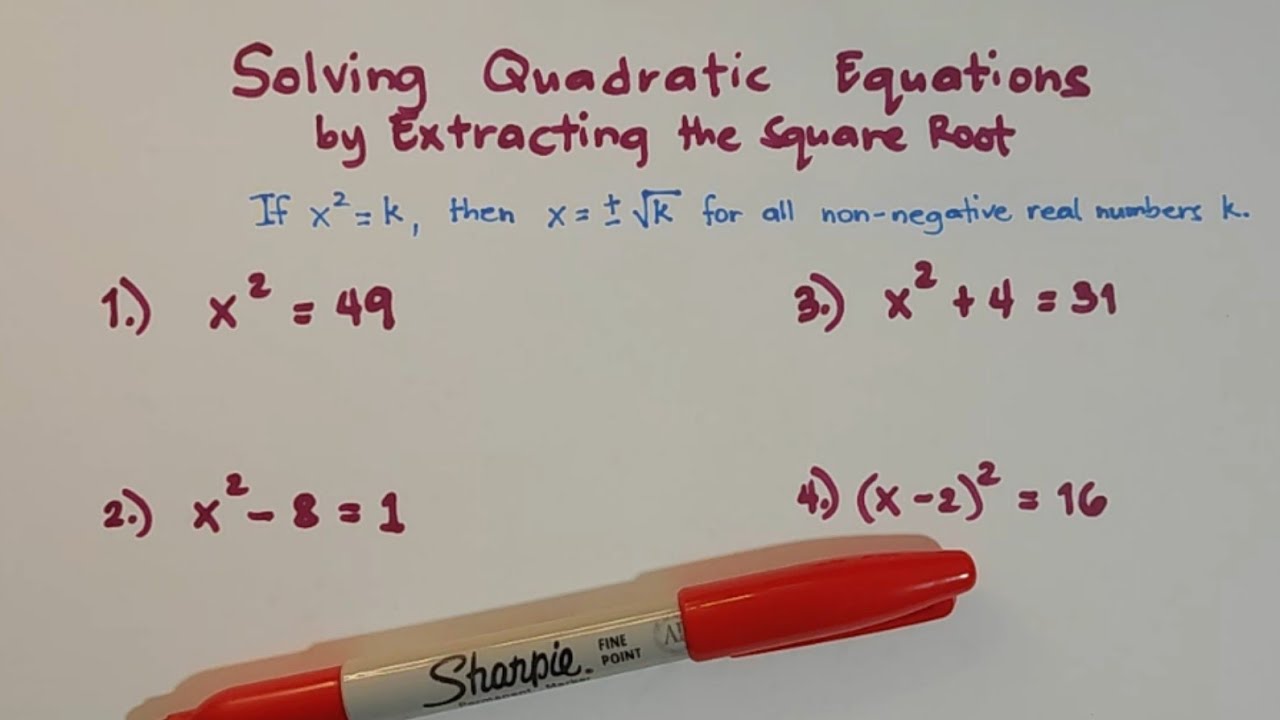Quadrado p/ Redondo Excêntrico - Traçado de Caldeiraria
Summary
TLDRIn this video, the presenter demonstrates how to create a square-to-round transition piece using traditional methods. The process involves dividing the square into segments, calculating the tube's perimeter, and drawing the true size of the transition on paper. The presenter carefully explains how to mark and measure the piece, create the template, and assemble the final product by bending and welding. With clear instructions and step-by-step guidance, the video provides a detailed approach to achieving a perfect square-to-round transition for tube or ductwork applications.
Takeaways
- 😀 The video demonstrates how to create an eccentric square-to-round shape using traditional methods and accurate measurements.
- 😀 The base dimensions for the square are 170 mm horizontally and 115 mm vertically, with a tube diameter of 100 mm.
- 😀 The tube is divided into 12 equal parts to help with precision when calculating the true size and for easier fabrication.
- 😀 A specific method is used to divide the tube into 12 parts by calculating the radius and using a compass for accurate markings.
- 😀 The true size or 'true scale' is created for both quadrants (A and B) separately to achieve accurate measurements for the piece.
- 😀 The diameter of the tube is used to calculate the perimeter, which is then divided into 12 parts to ensure consistency in the design.
- 😀 The true size of each section is drawn to scale and used for planning the piece's fabrication, ensuring a perfect fit when folded.
- 😀 A key tool used for accuracy is the compass, which helps in measuring and transferring distances between points in the design.
- 😀 The displacement for the eccentric design is specifically measured for quadrant A, and for quadrant B, the displacement is the full height of the piece.
- 😀 After the plan is drawn and measurements are finalized, the piece is cut, folded, and welded to create the final square-to-round shape.
- 😀 The video also stresses the importance of careful planning and measurement to ensure the success of creating the eccentric square-to-round shape.
Q & A
What is the goal of the video described in the script?
-The goal of the video is to demonstrate how to convert a square shape into an eccentric round one by tracing it with true dimensions and following a specific process to plan the piece's layout.
What are the dimensions of the tube used in the video?
-The tube used has a diameter of 100 mm and a height of 115 mm.
How is the square divided for the transformation to a round shape?
-The square is divided into two quadrants, with the horizontal base of 170 mm divided in half, resulting in a horizontal displacement of 85 mm. The vertical displacement of the tube is 120 mm.
Why does the narrator divide the tube into 12 parts?
-The tube is divided into 12 parts to allow for precise mapping of the true dimensions of the piece for its layout and planification.
How does the narrator suggest dividing the tube for the transformation process?
-The narrator uses a compass to divide the tube into four parts, then inverts the plan to divide it into 12 equal parts, which allows for accurate true dimension planning.
What is the purpose of creating a 'true size' (verdadeira grandeza) in this process?
-Creating a true size is essential to correctly translate the dimensions of the eccentric tube into a flat plan, ensuring the final piece fits together as intended.
What is the importance of the 120 mm displacement in the transformation?
-The 120 mm displacement is crucial as it helps define the location of the tube within the square, affecting the overall dimensions and layout of the piece.
How does the narrator handle the displacement when creating the plan for the true size?
-The narrator carefully considers the displacement of the tube when transferring measurements to the true size layout, ensuring that the displacement is reflected in the design, either as a specific measurement or based on the tube's positioning.
What method does the narrator use to calculate the perimeter of the tube?
-The perimeter of the tube is calculated by multiplying the diameter (100 mm) by Pi (3.1416), resulting in a perimeter of approximately 314.16 mm, which is then divided by 12 to determine the division of the tube.
What happens if the displacement of the tube were different?
-If the displacement were different, the narrator would adjust the true size layout accordingly by measuring and marking the new displacement, affecting the overall shape and fit of the final piece.
Outlines

This section is available to paid users only. Please upgrade to access this part.
Upgrade NowMindmap

This section is available to paid users only. Please upgrade to access this part.
Upgrade NowKeywords

This section is available to paid users only. Please upgrade to access this part.
Upgrade NowHighlights

This section is available to paid users only. Please upgrade to access this part.
Upgrade NowTranscripts

This section is available to paid users only. Please upgrade to access this part.
Upgrade NowBrowse More Related Video

Traçando Retângulo para Redondo passo a passo

Simplifying Radicals

How to Make a Piece of Felt ★ A Simple Wet Felting Tutorial for Beginners

The Swiss Army Knife of Transitions (Davinci Resolve Whip/Pan Transition Tutorial)

4. Method

How to Solve Quadratic Equations by Extracting the Square Root? @MathTeacherGon
5.0 / 5 (0 votes)